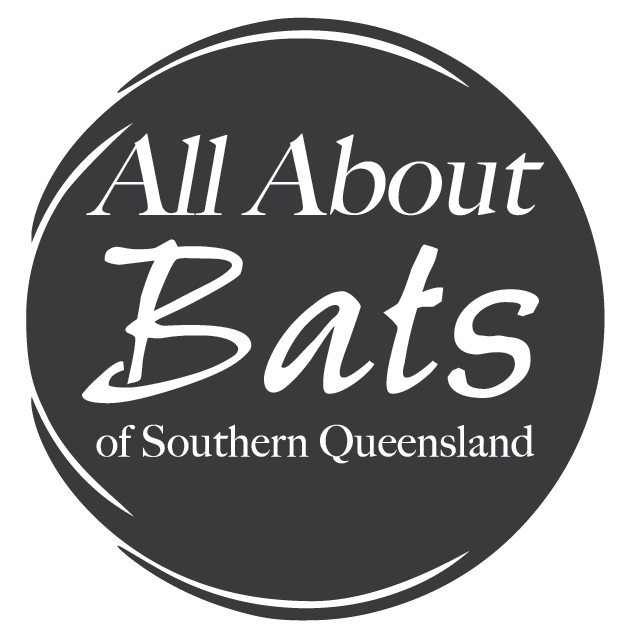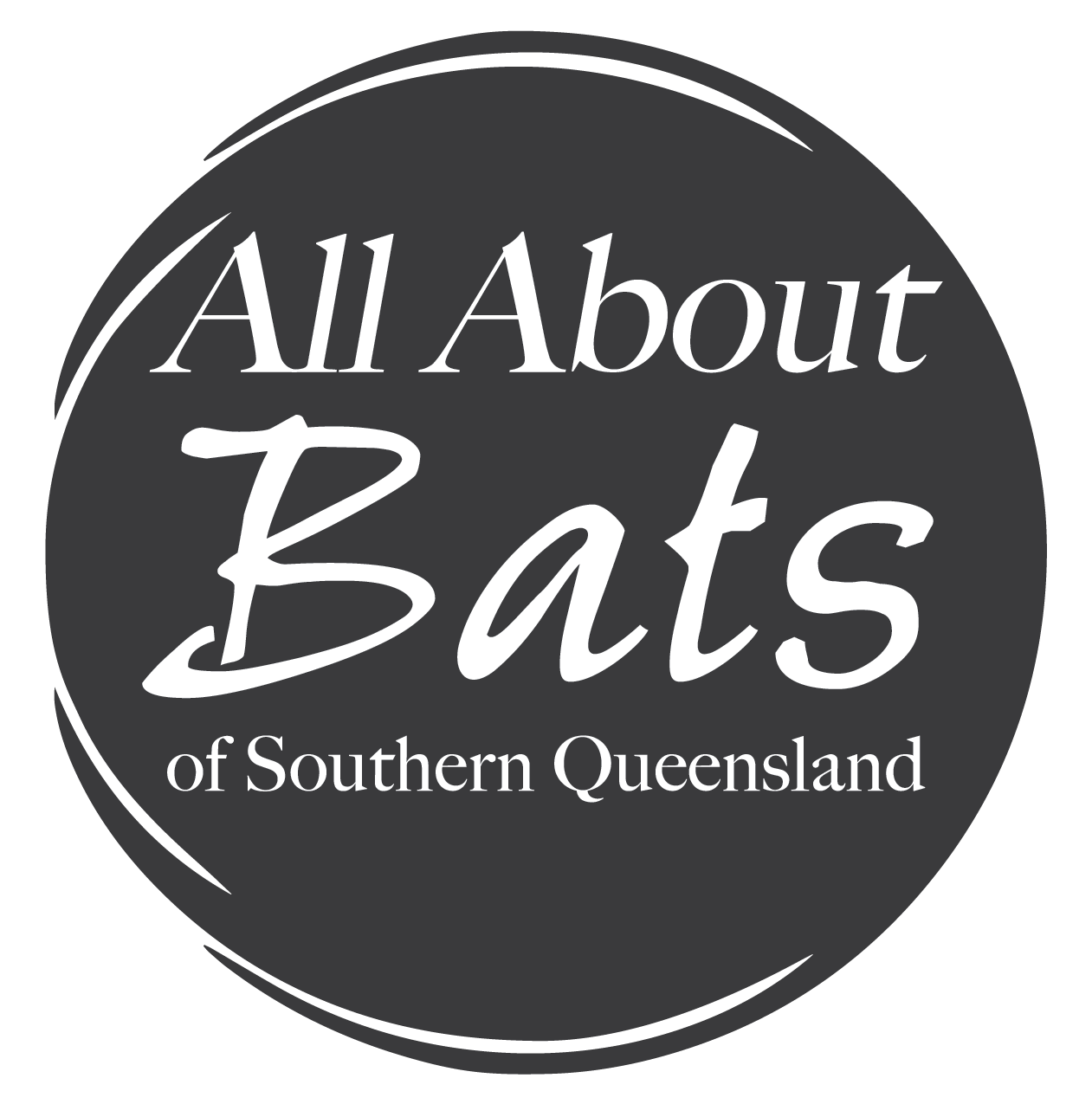Southern Queensland has a great diversity of ecosystems due to its sub-tropical climate and topography. These ecosystems include rainforests, vine thickets, dry eucalypt forests, wallum heathlands, tidal wetlands and mangroves. Such a range of ecosystems attracts a large range of wildlife, including humans.
Local residents are lucky to be living so close to a large range of threatened species. Unfortunately, this comes at a cost. Increased urbanisation along the eastern seaboard of Australia has seen many species fall victim to cars, barbed wire and electric powerlines, feral and domestic animals, loss of habitat and an ever increasing pressure to find food.
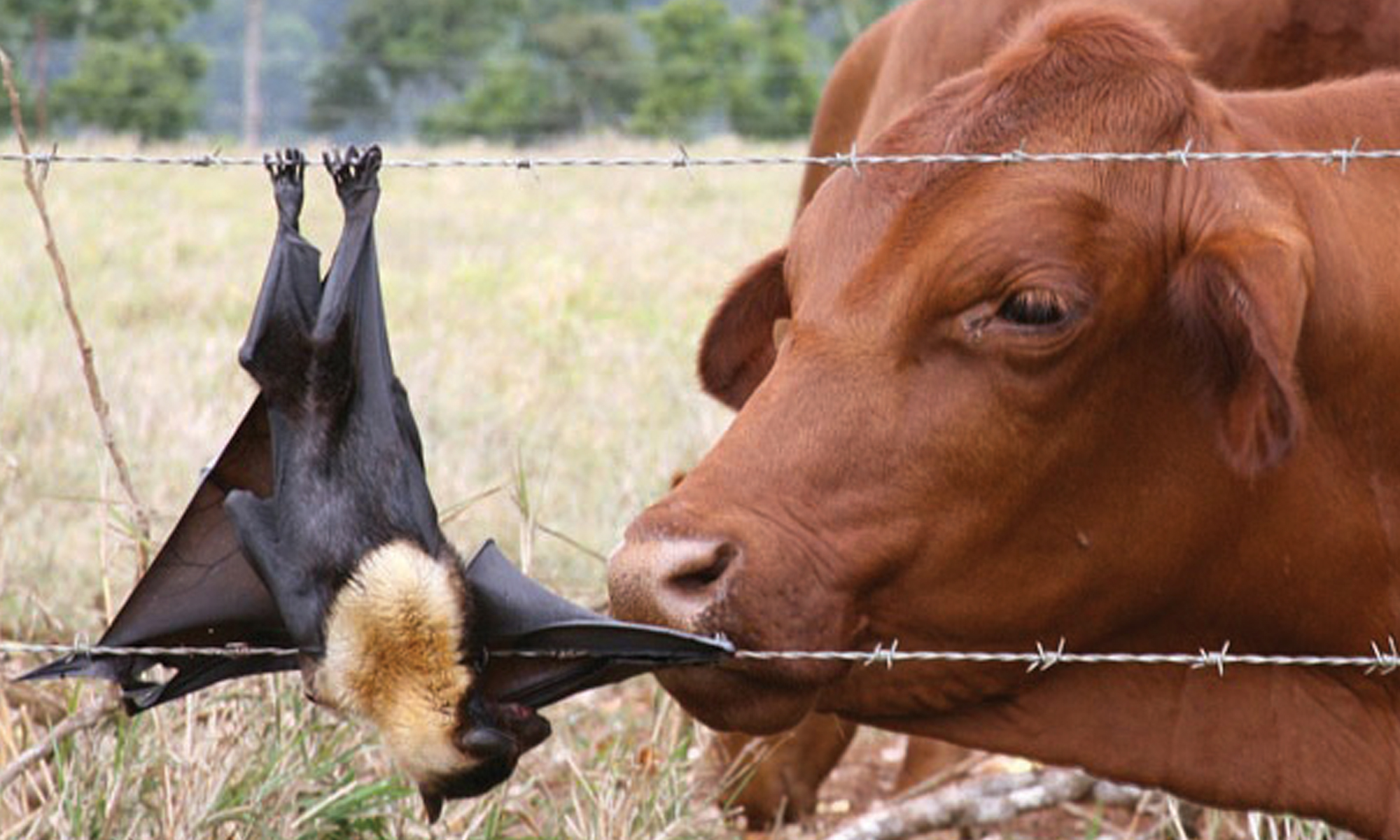
Flying-foxes
Flying-foxes provide a number of ‘ecological services’ that benefit humans, including pollinating native plants and dispersing their seeds. In some places, the spectacular fly-outs of bats from their campsites support a growing ecotourism industry.
On the other hand, flying-foxes can cause considerable damage to commercial fruit crops, which has resulted in their persecution, particularly in rural areas. Farmers and fruit growers use a range of methods to prevent flying-foxes from raiding orchards, with exclusion netting being an effective technique.
People living near flying-fox camps in urban areas may find the odour, noise, droppings and raids on backyard fruit trees a nuisance. Roosting activities can also cause considerable damage to the vegetation at camp sites, particularly when camps are located within small patches of vegetation.
For the most up-to-date backyard fruit netting techniques and other protection methods, please see the information provided by Wildlife Friendly Fencing.
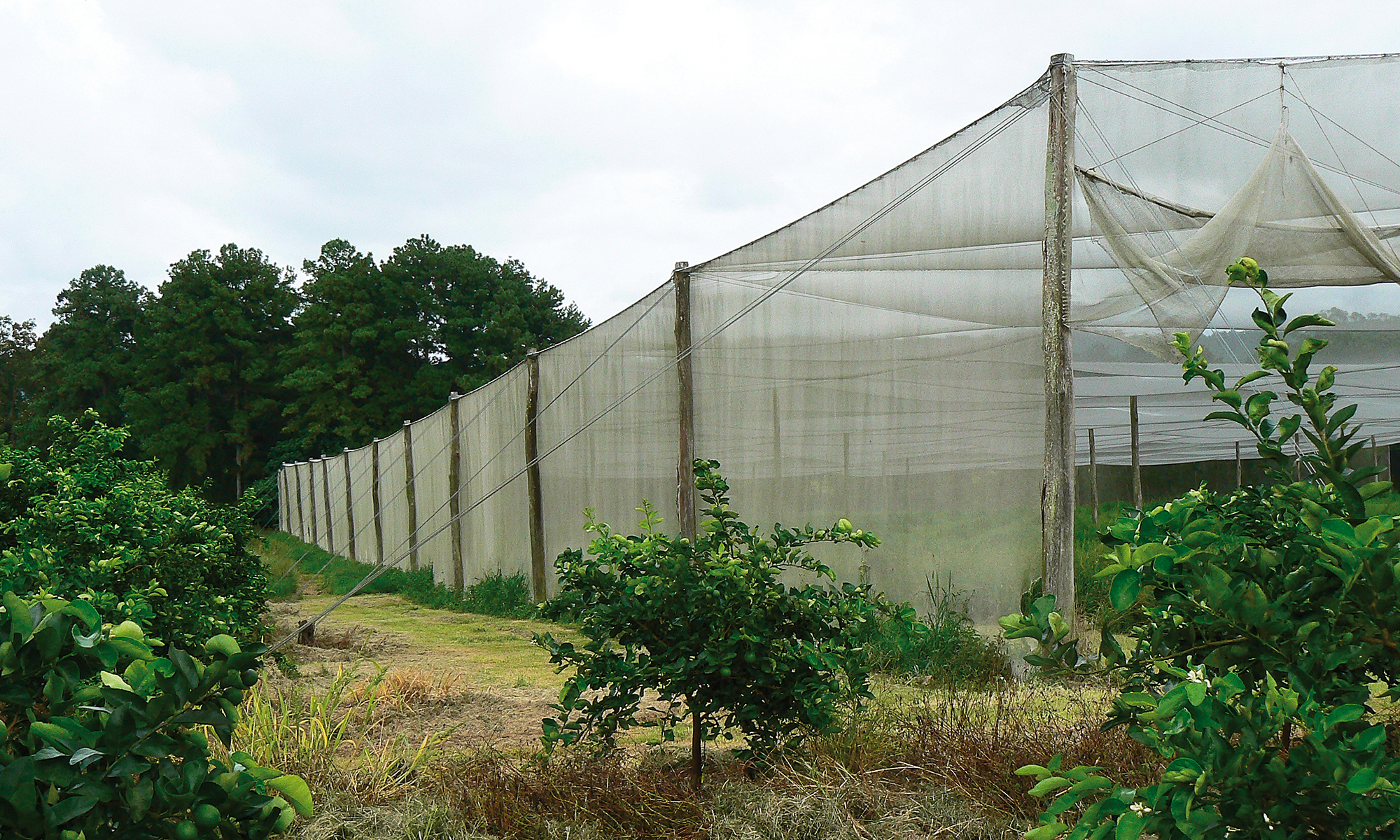
Micro-bats
Micro-bats are not as noticeable as their flying-fox cousins and due to their size do not have the noticeable impact on society. However, the impact that urbanisation and increased farming pressure on micro-bats is quite significant.
Loss of habitat is the major threat that impacts micro-bats. They need hollows and trees for roosting during the day and large areas to forage at night. Many micro-bats now seek shelter in buildings, abandoned mines and in drainage pipes.
One micro-bat can, on average, eat up to 2000 mosquito sized insects per night. In the USA, it has been estimated that farmers can save $3.7-$53 billion per year from reducing their costs on pesticide application due to insect pest suppression by bat predation (Boyles et. al., 2011). Imagine the possibilities with Australia’s agricultural sector if we encouraged micro-bats to control insect pests! The impact bats have on keeping insect numbers down is huge and should be respected and encouraged.
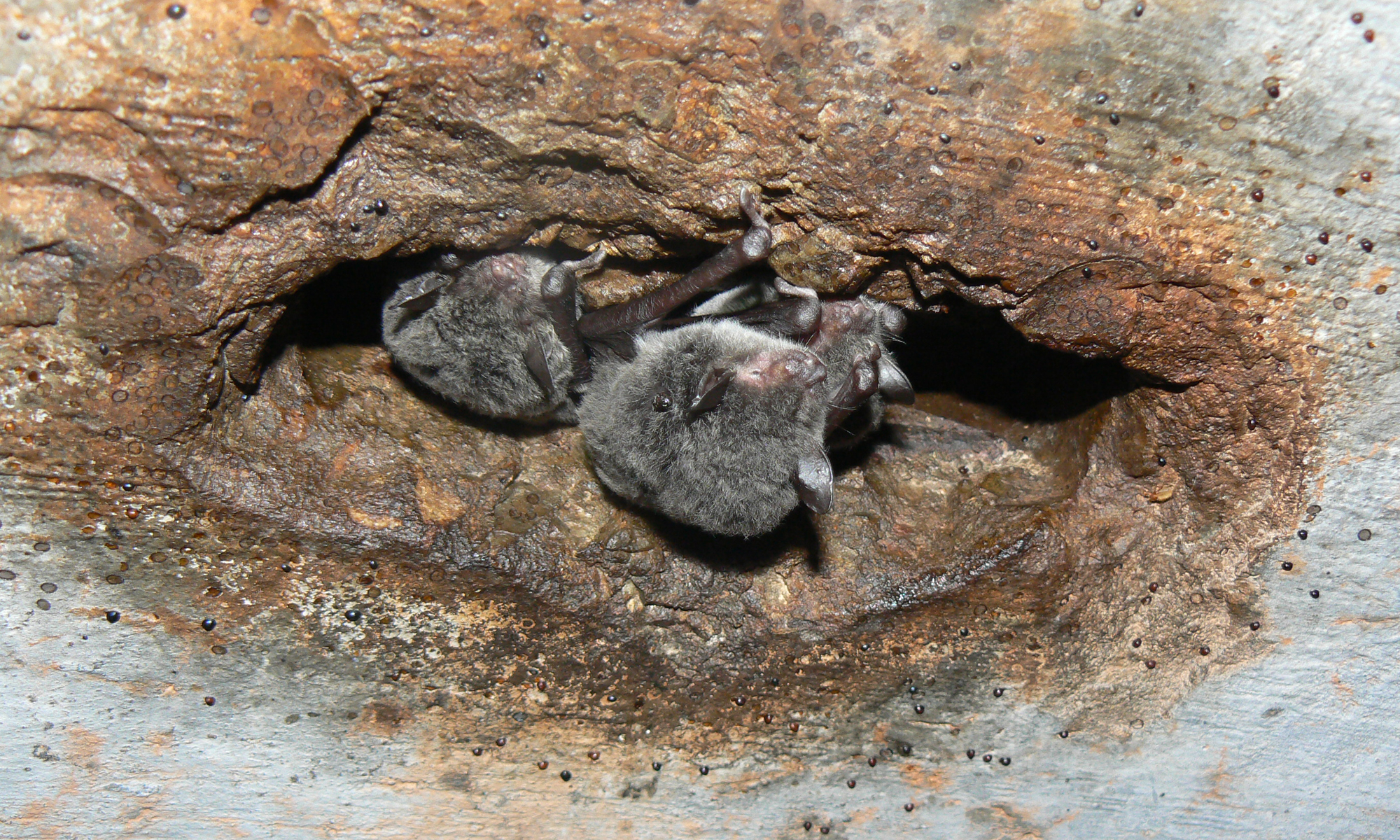
Roberts, B., Kanowski, J. and Catterall, C. 2006.” Ecology and Management of Flying Fox Camps in an Urbanising Region”. Tropical Forest Landcape Series, Issue 5. Rainforest CRC, NSW. [http://rainforest-crc.jcu.edu.au/issues/ITFL_flyingfox.pdf]
Boyles, JG, Cryan, PM, McCracken, GF and Kunz, TH (2011) “Economic Importance of Bats in Agriculture”. In: Science, Vol. 332, Issue 6025, pp. 41-42. American Association for the Advancement of Science.
